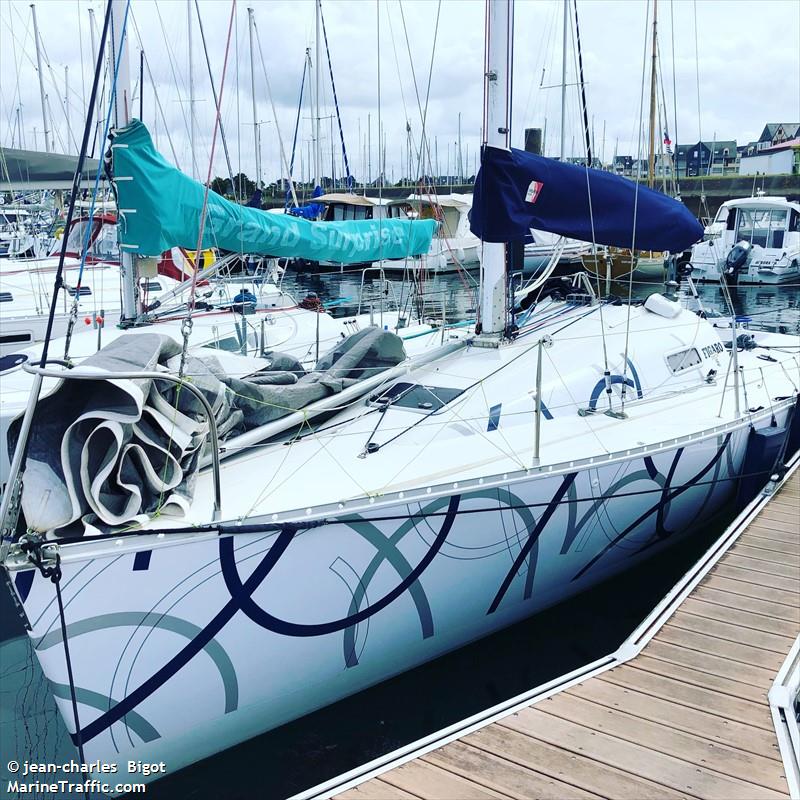The maritime world will centre its attention on the tiny central American country of Panama this weekend, with millions waiting in anticipation for the opening of the new, expanded Panama Canal.
More than 40,000 workers have spent most of the last decade digging the new access lane to the Panama Canal, and now, 110-million man hours, 292,000 tons of structural steel, 1.6 million tons of cement and 5 million cubic metres of concrete later —the project is finished. It is a massive engineering feat that rivals the canal’s initial opening 102 years ago and which could potentially reshape the way goods move around the globe.
Work on the project begun in 2007, following a referendum a year earlier that saw the people of Panama vote to approve the expansion project, which included deepening and widening the entrances to the canal, widening and deepening the navigational channel through Gatún Lake, deepening the channel at Culebra Cut, raising the level of the lake, building a new 3.8-mile Pacific access channel, and construction of larger Atlantic and Pacific locks that are as long as three Empire State Buildings laid end to end.
The new expansion will allow the canal to handle longer, wider and heavier post-Panamax ships, which the Panama Canal Authority hopes will lead to increased traffic and a return of shipping lines that switched to the Suez Canal or used U.S West Coast ports because their ships couldn’t fit through the original locks inaugurated in 1914.
MarineTraffic past track shows the COSCO Shipping Panama journey from Greece towards Panama.
The original canal was constructed by the United States, at great human and financial cost, but has become too small to handle the bigger ships currently plying the world’s trade routes. Smaller ships, however, will continue to use the original locks, and the old and new locks share much of the original canal route.
The first vessel to transit the expanded canal will be the COSCO Shipping Panama, a neopanamax container vessel, constructed and launched in January 2016. It is 299.98 metres in length and 48.25 metres in beam, and has a maximum container carrying capacity of 9,472 TEUs.
Originally named Andronikos, the vessel was renamed by China COSCO Shipping as it was selected during a draw for the inaugural transit through the expanded waterway.
Earlier this month when the COSCO Shipping Panama set sail from Greece en route to its date with history, Panama Canal Administrator Jorge Quijano noted that “over a hundred years ago, the SS Ancon made history as the first vessel to transit the Panama Canal” and now Panama is on the verge of a new era “that will change the face of global shipping and international commerce.”
Get the full picture on MarineTraffic.com

 , a neopanamax container vessel, constructed and launched in January 2016. It is 299.98 metres in length and 48.25 metres in beam, and has a maximum container carrying capacity of 9,472 TEUs.
, a neopanamax container vessel, constructed and launched in January 2016. It is 299.98 metres in length and 48.25 metres in beam, and has a maximum container carrying capacity of 9,472 TEUs.